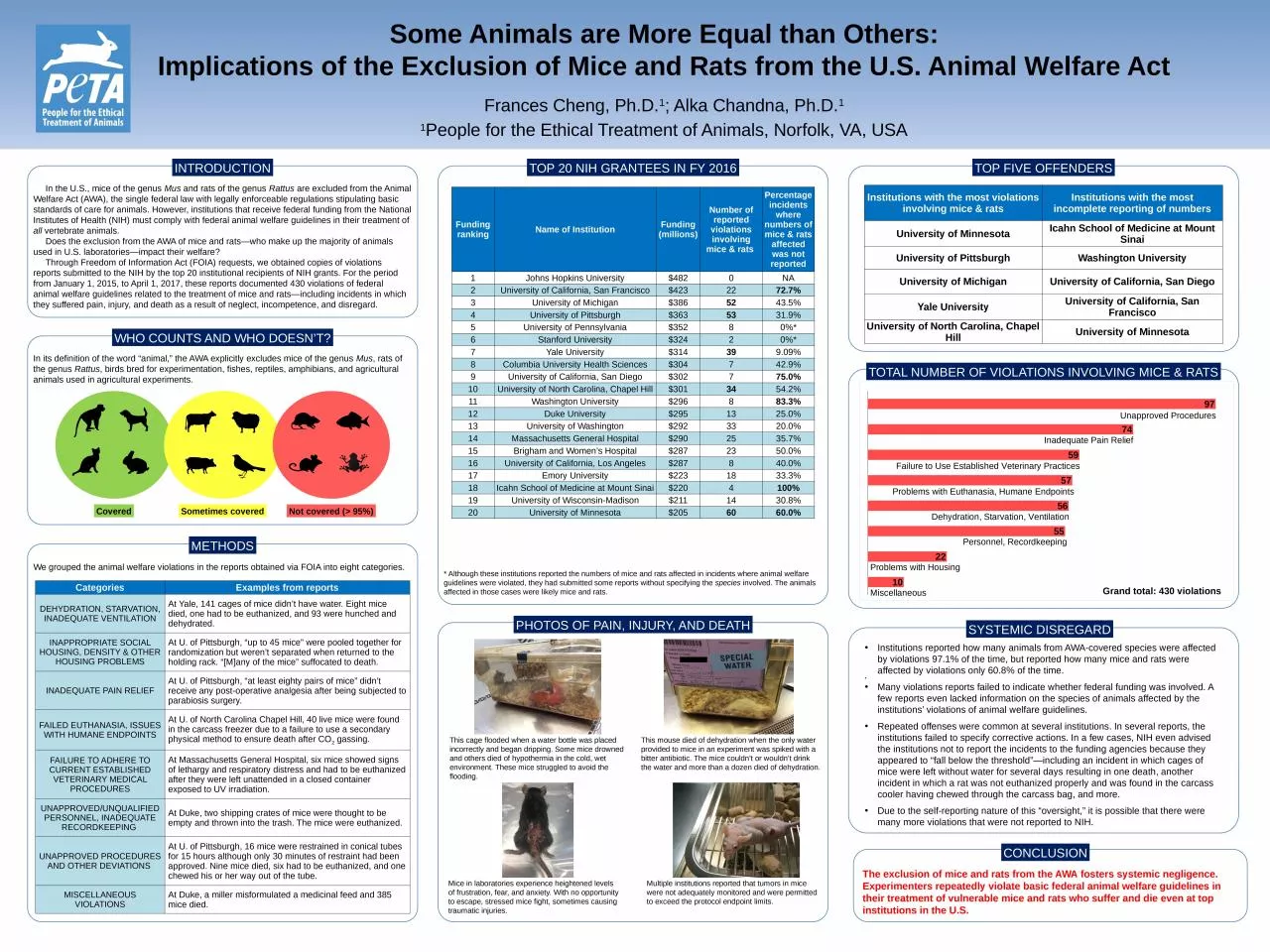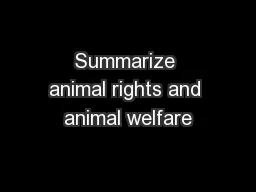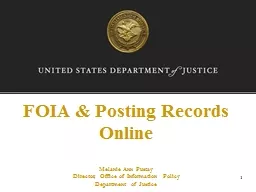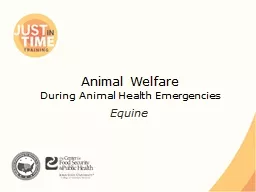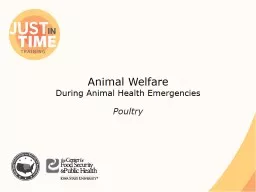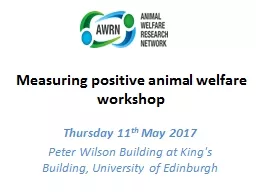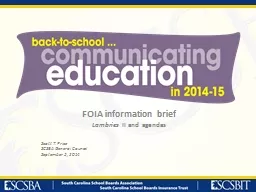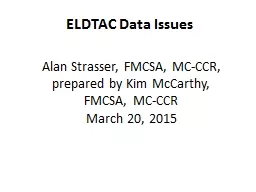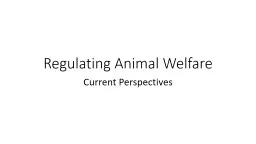PPT-We grouped the animal welfare violations in the reports obtained via FOIA into eight categories.
Author : tremblay | Published Date : 2023-07-23
Some Animals are More Equal than Others Implications of the Exclusion of Mice and Rats from the US Animal Welfare Act Frances Cheng PhD 1 Alka Chandna PhD 1 1 People
Presentation Embed Code
Download Presentation
Download Presentation The PPT/PDF document "We grouped the animal welfare violations..." is the property of its rightful owner. Permission is granted to download and print the materials on this website for personal, non-commercial use only, and to display it on your personal computer provided you do not modify the materials and that you retain all copyright notices contained in the materials. By downloading content from our website, you accept the terms of this agreement.
We grouped the animal welfare violations in the reports obtained via FOIA into eight categories.: Transcript
Download Rules Of Document
"We grouped the animal welfare violations in the reports obtained via FOIA into eight categories."The content belongs to its owner. You may download and print it for personal use, without modification, and keep all copyright notices. By downloading, you agree to these terms.
Related Documents

